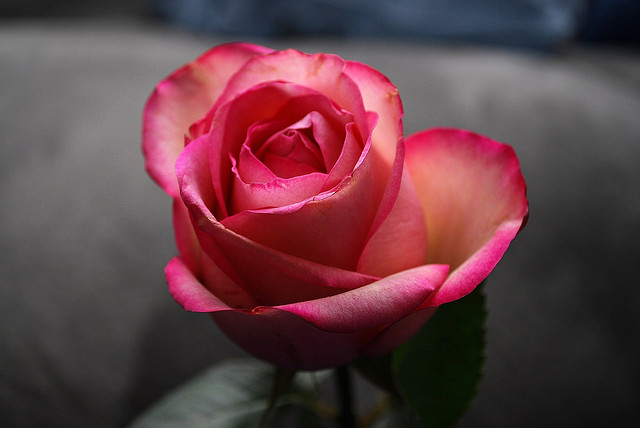Nothing helps build appreciation like ownership. My daughters had to save up for their own Six Flags passes to truly understand their value. I had to add my own plants to my new house’s yard before embracing the garden. Paul Newman, for various reasons, had to develop his own spaghetti sauce.
The same goes for reading. While I read a lot of plays, stories, and encyclopedias as a kid, I didn’t encounter much poetry until I was older. In some of my earlier creative writing classes in college, I was transported, via professors and anthologies, to Elizabeth Bishop’s filling station, Theodore Roethke’s greenhouse, and Sylvia Plath’s mind. I loved these discoveries—except they weren’t truly my own discoveries. I hadn’t taken ownership of poetry yet.
In 1992, at the age of 19, I drove up the coast to see my friend in Berkeley. While the big thrill at my decidedly less cool southern California university was going through the Del Taco drive through at midnight, hers was exploring blues clubs in Oakland and taking the BART to San Francisco. At one point during my visit, we walked downtown, and in a matter of minutes, I saw Clinton’s campaign motorcade, my very first Starbucks (What an edgy, new-age mermaid! At a coffee store?) and, gloriously, Barnes and Noble. Now, this was back when it was okay to love a big bookstore. I had never seen or heard of one of these. And, most of all, I had never seen a bookstore with a section of literary journals. Or poetry. Shelves and shelves of it.
While my friend went off to browse the art books, I stared at the poetry collections. These were not anthologies but collections in which every poem was written by the same poet! I wasn’t sure where to begin, so I just started pulling them off the shelves—covers splashed with paintings, bright graphics, and photographs. The first one I sat down to read, however, was quite unimpressive in its design: maroon with white scratchy text and something like an eyeball/bud hanging from a stem. It was, simply, Rose by Li-Young Lee.
Perhaps the book’s humble design and the picture of a relatively young (and handsome) man on the back made me feel, as a beginning poet, that this was a world I could possibly understand, possibly belong to. I flipped through the pages and was drawn into a world of eating peaches, combing hair, and making out in the dew-covered grass. The language was lush: “O, to take what we love inside,/to carry within us an orchard” and “Hair spills/through my dream” and “how the waterlilies fill with rain until/they overturn”. Some of the poems spoke of the poet’s Chinese ancestry, a part of many of my friends’ lives they had chosen not to share. All of the poems filled me with an urgency to live, to write.
I bought the book, of course, my first volume of poems purchased and read on my own accord. I still have the copy—annotated, bent up, and, eventually, signed by Li-Young Lee himself. I’ve read it probably a hundred times. Owning poems: unfortunately for my budget and fortunately for my soul, it was the first collection of many more.
Photo by slgckgc, Creative Commons, via Flickr. Post by Tania Runyan, author of How to Read a Poem.

